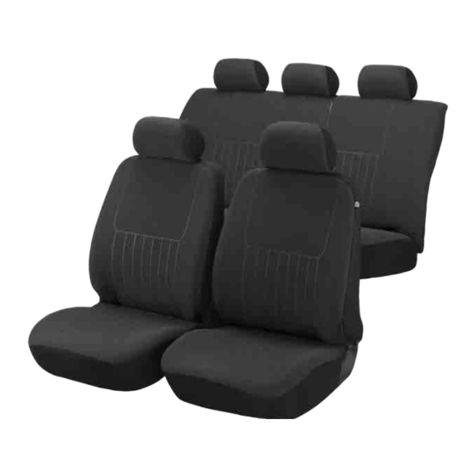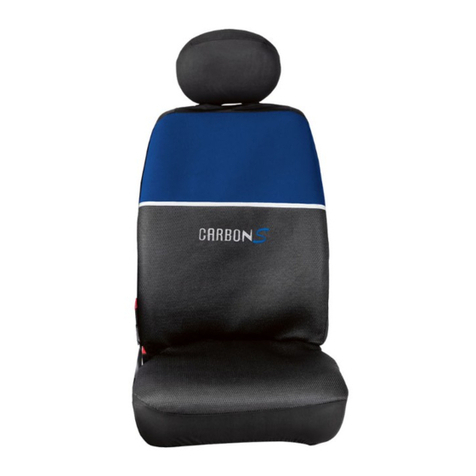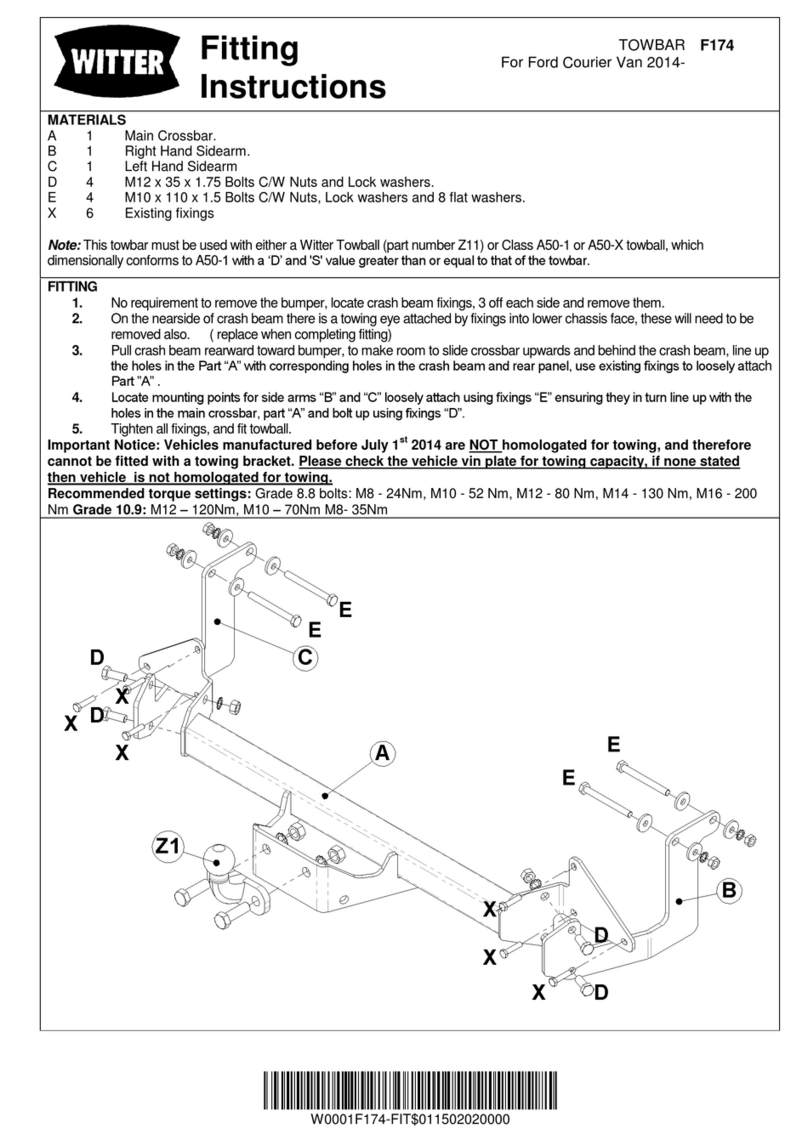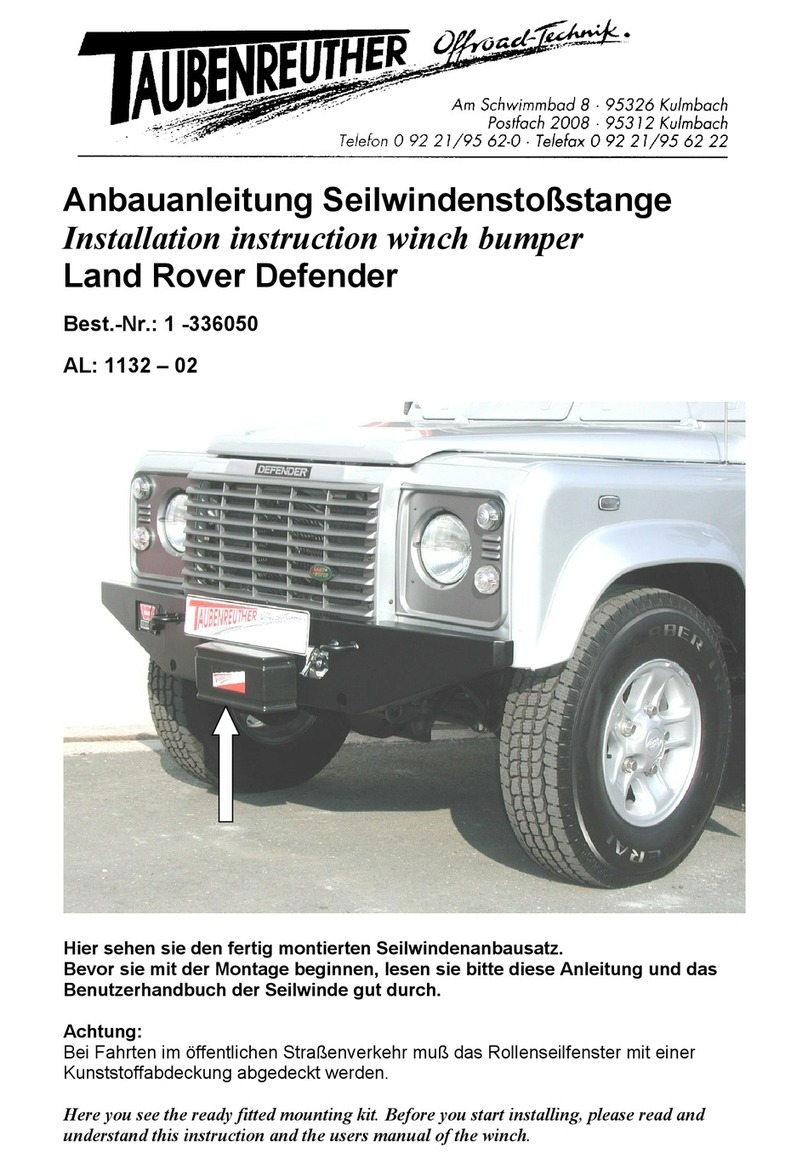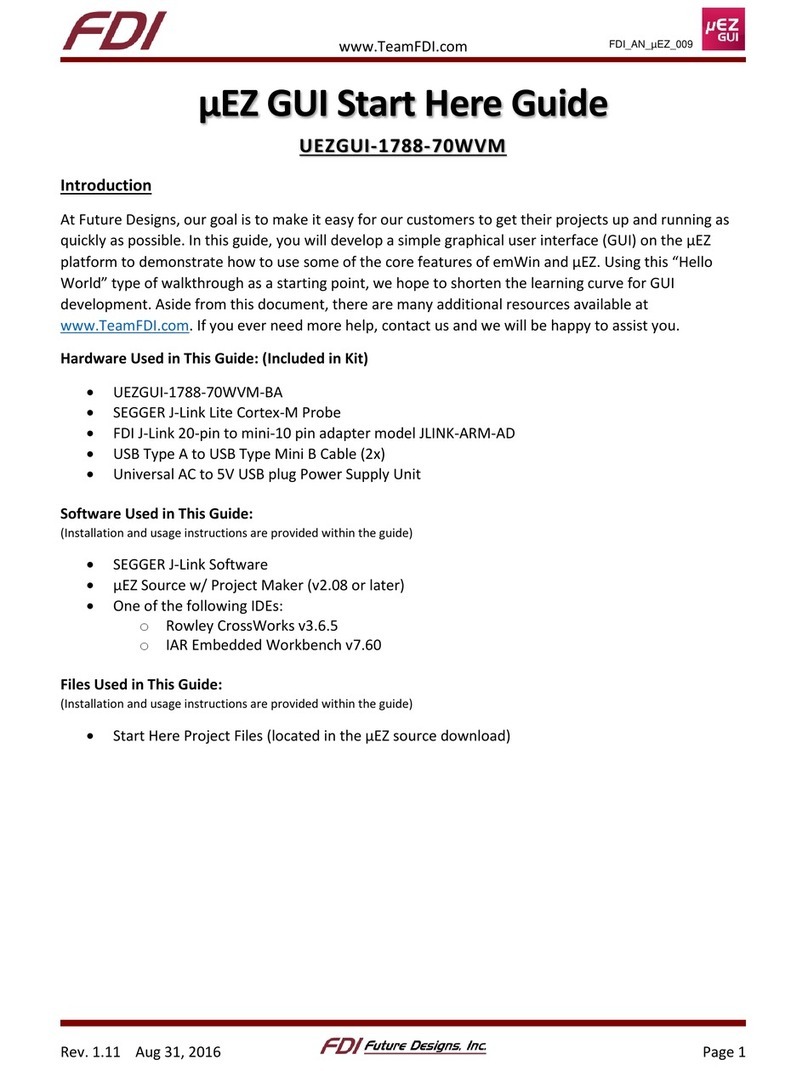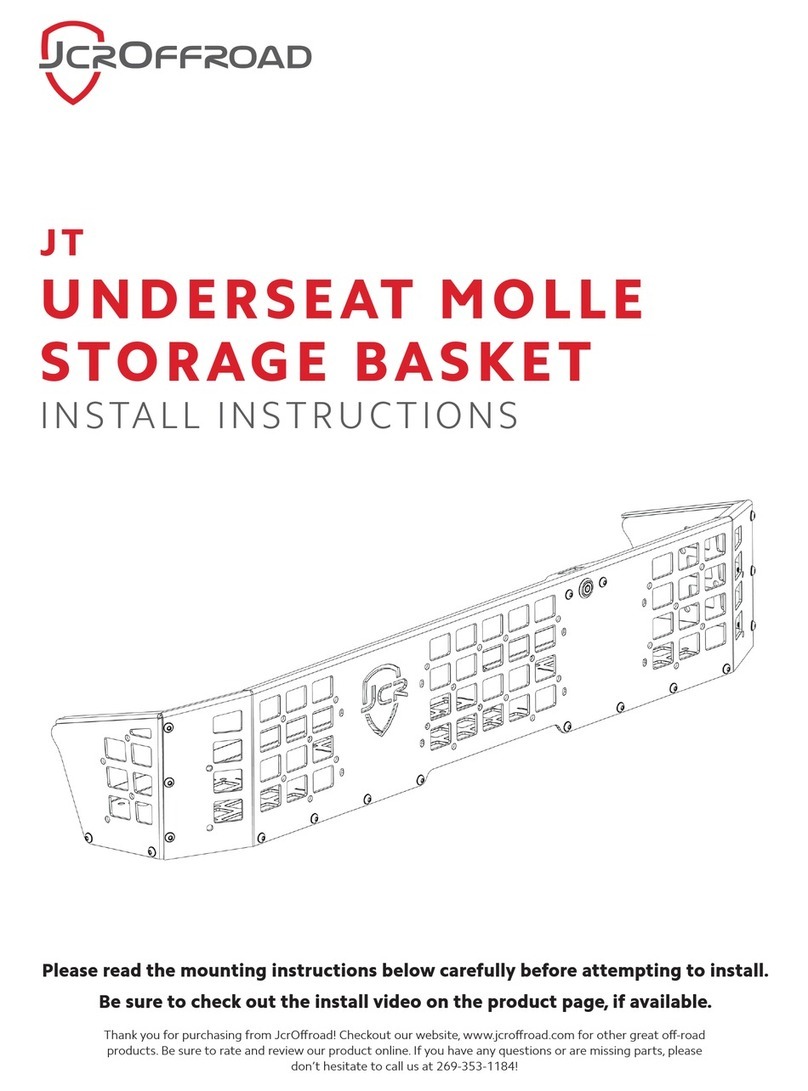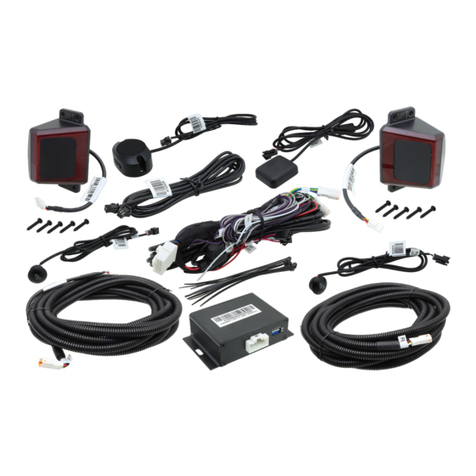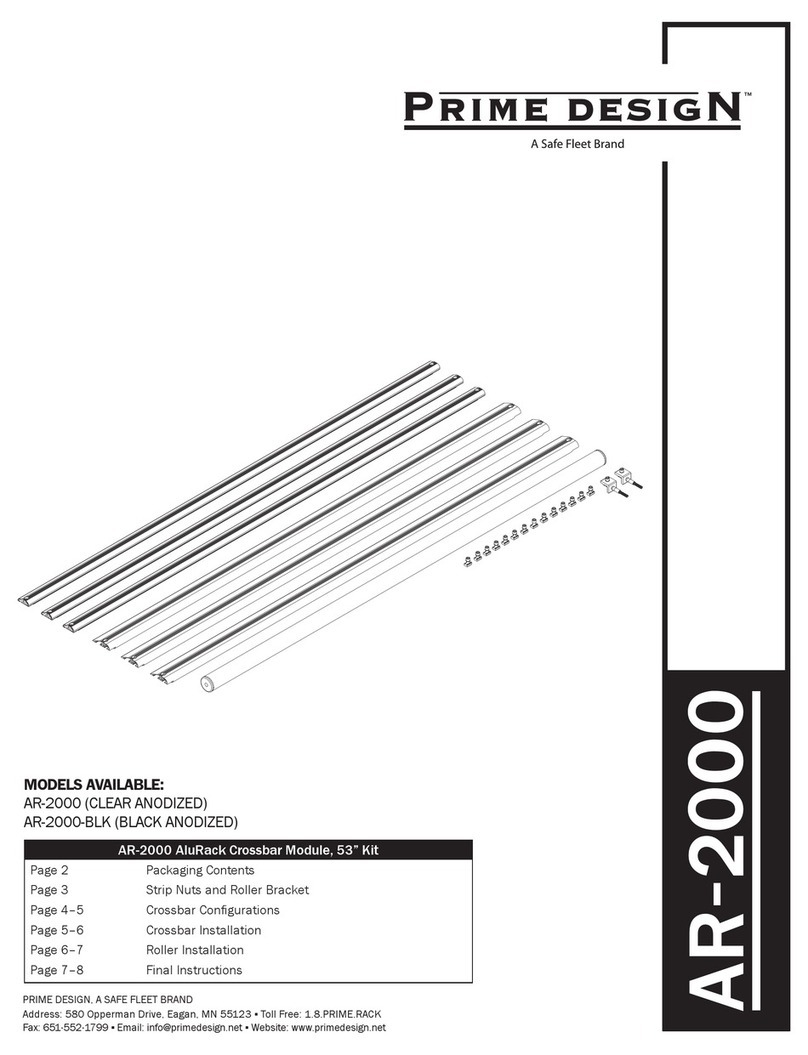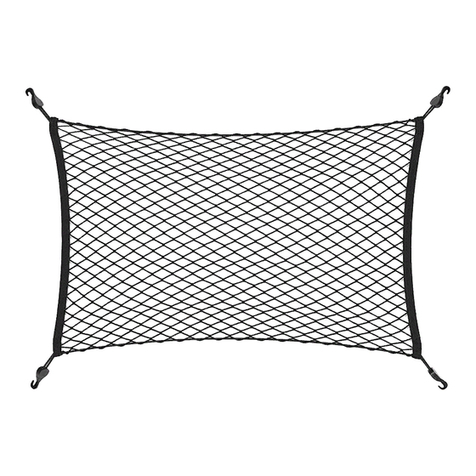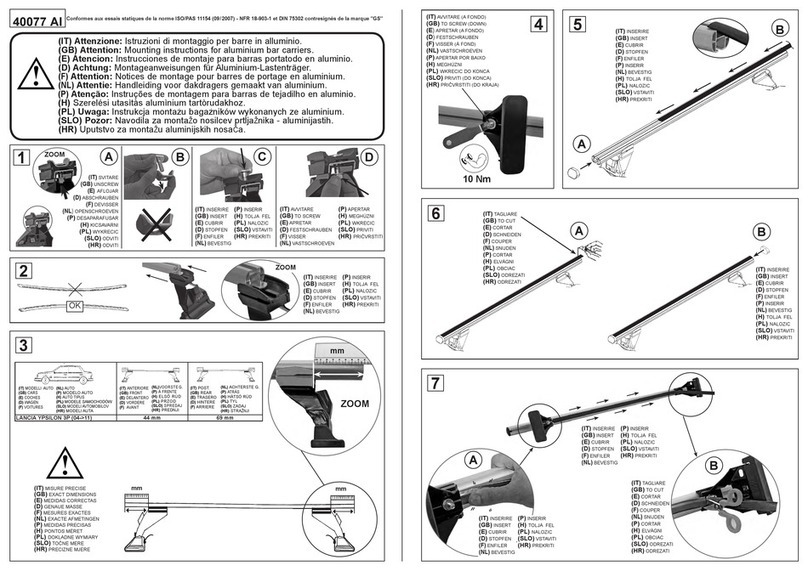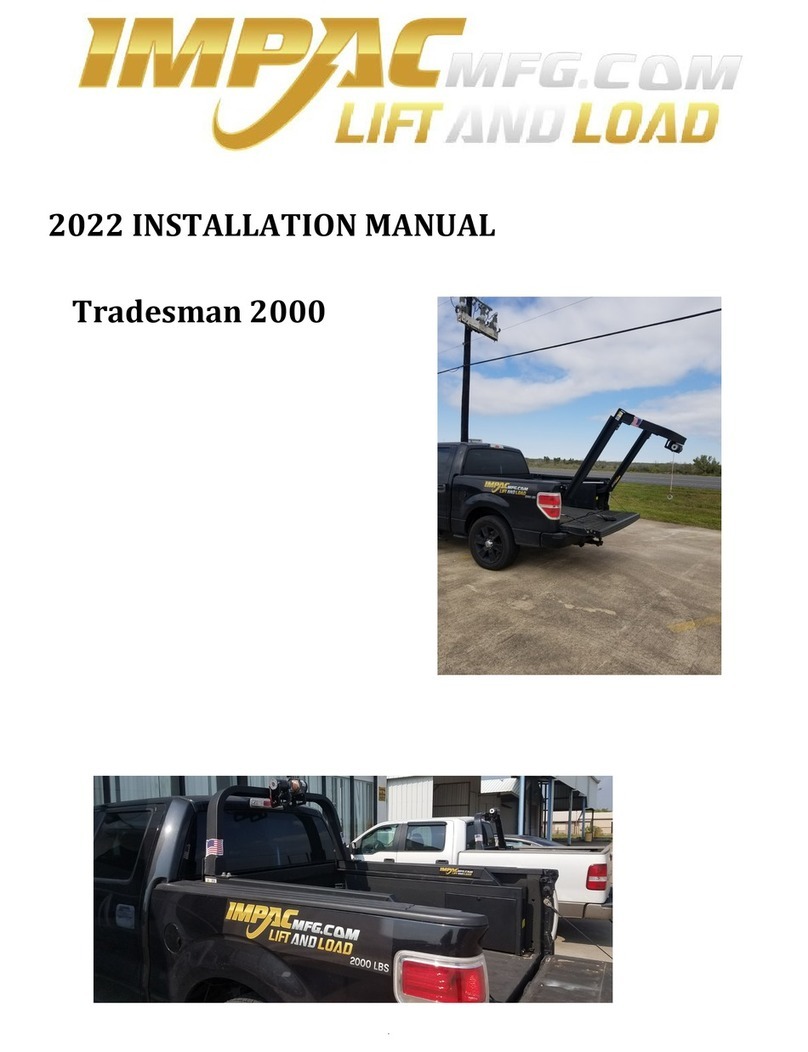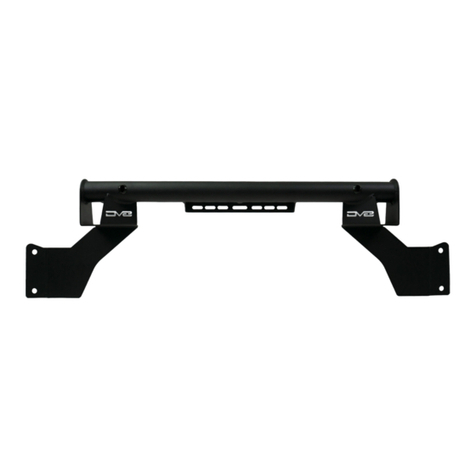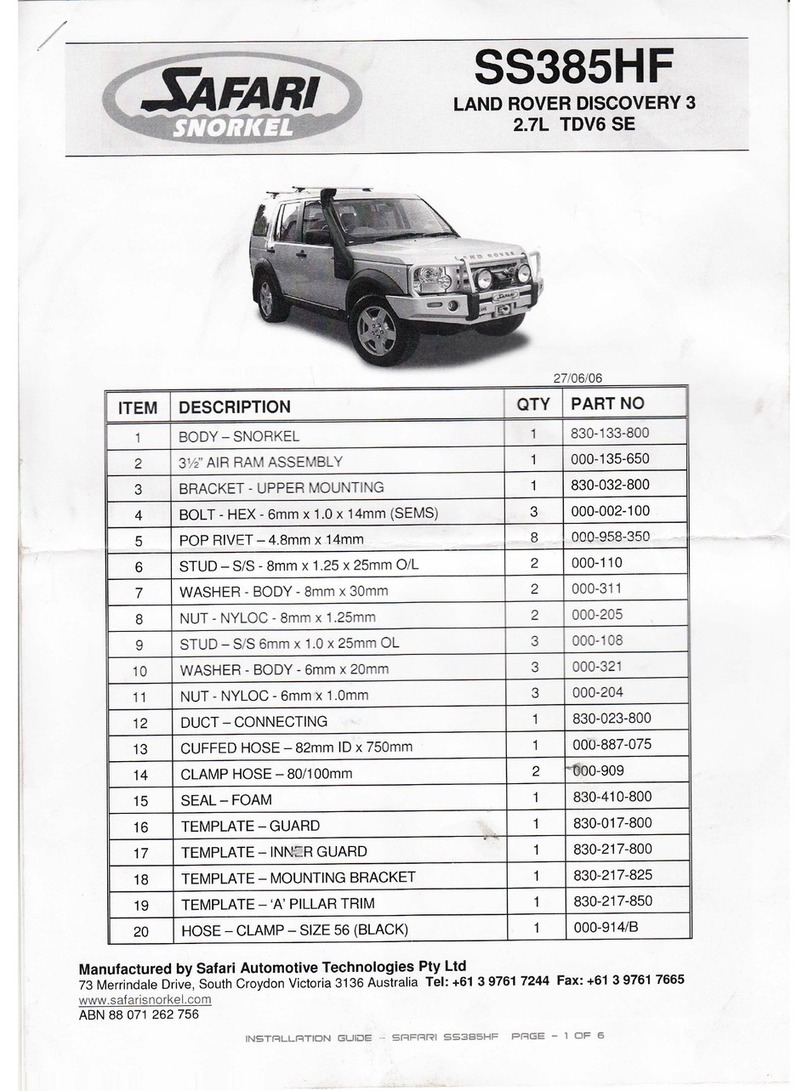
vi Table of Contents
TAILGATE OPEN Light ................................................................................................................................................................. 48
Outside Controls ............................................................................................................................................................................ 49
Engine Speed-Up Push Button ........................................................................................................................................... 49
Front Control Valve ................................................................................................................................................................ 49
Ejection (Pushout) Lever ....................................................................................................................................................... 49
Tailgate Lever ........................................................................................................................................................................... 49
Tailgate Clamps ....................................................................................................................................................................... 50
Hydraulic Tailgate-Locking Mechanism Buttons (optional) .................................................................................... 50
Driver Signal Push Buttons .................................................................................................................................................. 50
Packer and Carrier Panel Levers ......................................................................................................................................... 51
Container Handling Control Levers (optional) ............................................................................................................. 52
Tipper Lever (optional) ......................................................................................................................................................... 52
Terms You Will Need To Know .................................................................................................................................................. 53
Container Attachment .......................................................................................................................................................... 53
Container Handling Systems .............................................................................................................................................. 54
Hook ............................................................................................................................................................................................. 55
Container ................................................................................................................................................................................... 55
Container Attachment .......................................................................................................................................................... 55
Winch ........................................................................................................................................................................................... 56
Container Lifting Cylinder (CLC) ........................................................................................................................................ 56
Container Push Bar (CPB) ..................................................................................................................................................... 57
Other Terms You Will Need To Know ..................................................................................................................................... 57
Container Handling Process ....................................................................................................................................................... 58
Attaching ................................................................................................................................................................................... 58
Dumping .................................................................................................................................................................................... 59
Releasing .................................................................................................................................................................................... 59
Waste Handling Process .............................................................................................................................................................. 59
Loading ....................................................................................................................................................................................... 59
Packing ....................................................................................................................................................................................... 60
Unloading .................................................................................................................................................................................. 61
Operating the 2R-II™ ................................................................. 63
Pre-Operating Walk-Around Inspection ................................................................................................................................ 63
Walk-Around Inspection Checklist ................................................................................................................................... 66
Inspection Sheet ...................................................................................................................................................................... 67
Operating Instructions ................................................................................................................................................................. 68
Starting Up ................................................................................................................................................................................ 68
Positioning the Pushout Panel ........................................................................................................................................... 68
Loading the Hopper ............................................................................................................................................................... 69
Attaching a Container to the Tailgate ............................................................................................................................. 69
Using a Winch or a Container Lifting Cylinder ............................................................................................................. 71
Using a Container Push Bar (CPB) ..................................................................................................................................... 73
Packing the Load ..................................................................................................................................................................... 73
Pushout Panel Operation during Packing ..................................................................................................................... 75
Releasing the Container ....................................................................................................................................................... 75
Unloading at Dumpsite ........................................................................................................................................................ 76
Lifting the Tailgate .................................................................................................................................................................. 77
Ejecting the Load .................................................................................................................................................................... 77
Lowering the Tailgate ........................................................................................................................................................... 79
Shutting Down the Truck ..................................................................................................................................................... 79
